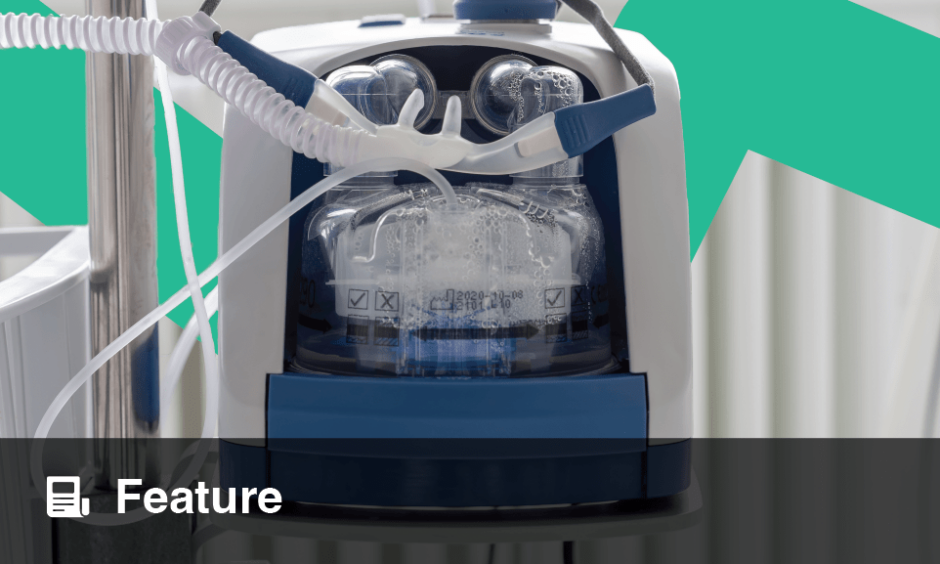A NEW study has found that changes in haemoglobin levels (ΔHb) can reliably detect hydrostatic pulmonary oedema (HPO) in patients with acute dyspnoea in the emergency department (ED). Using a machine learning approach, researchers developed a predictive tool that effectively distinguishes between HPO and non-HPO causes of dyspnoea, potentially improving diagnostic accuracy, and patient care.
The study, conducted over 19 months at a single centre, enrolled 706 patients presenting with acute dyspnoea, including 203 diagnosed with HPO and 503 with other causes. Haemoglobin levels were measured at admission (T0) and again 4 to 8 hours later (T1). The change in haemoglobin levels (ΔHbT1-T0) was calculated in both absolute and relative terms.
Results showed that haemoglobin levels differed significantly between HPO and non-HPO patients at both time points. Patients with HPO experienced a more pronounced decrease in haemoglobin levels, with a relative ΔHbT1-T0 of -8.2% compared to 0.6% in non-HPO patients. A relative ΔHbT1-T0 of -5% was found to detect HPO with a high accuracy, achieving an area under the receiver operating characteristic curve of 0.901, indicating strong predictive performance.
Among various machine learning models tested, the Gradient Boosting Machine demonstrated the best predictive ability for identifying HPO and was used to develop a web-based application for clinical use. The ΔHbT1-T0 metric was identified as the most important factor in predicting HPO, underscoring its value as a diagnostic tool.
The findings suggest that monitoring ΔHbT1-T0 could be a practical and effective method for diagnosing HPO in the ED, aiding clinicians in making timely and accurate treatment decisions. The machine learning-based tool offers a user-friendly solution that integrates ΔHbT1-T0 with other patient characteristics to enhance diagnostic precision, potentially reducing diagnostic errors, and improving patient outcomes in the emergency setting.
Aleksandra Zurowska, EMJ
Reference
Gavelli F et al. Decrease of haemoconcentration reliably detects hydrostatic pulmonary oedema in dyspnoeic patients in the emergency department – a machine learning approach. Int J Emerg Med. 2024;17:114.








